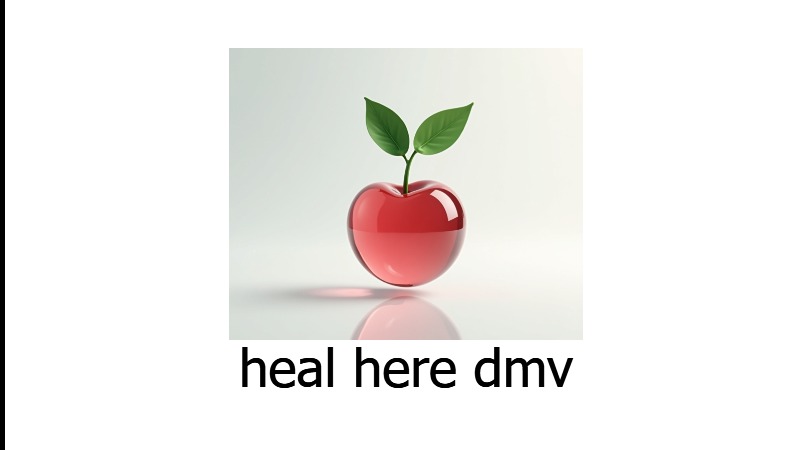
A Call for Equity in Psychedelics Research
The landscape of psychedelics research is rapidly evolving, with promising implications for mental health treatment. Yet, as a recent systematic review by Hughes and Garcia-Romeu (2024) highlights, there exists a significant gap in the ethnoracial representation within clinical trials. This article scrutinizes not just the data on participants but also the underlying societal structures that contribute to such disparities.
Understanding the Data: Who Is Included?
The research reviewed over 787 studies, ultimately including 39 that examined psychedelics therapy for mental health and substance use disorders from 1994 to 2024. Out of 1,393 subjects, a staggering 85% were identified as White. Only a slim fraction, 1.9%, identified as Indigenous, raising critical questions about inclusivity in an increasingly relevant field.
Comparing Representation Over Time
A comparison with earlier research from Michaels et al. (2018) provides insight into how representation has changed, or rather, how it hasn't. While there have been subtle shifts, the majority of participants in psychedelics research trials remain White, starkly contrasting the 2020 U.S. Census data that indicates Black individuals comprise approximately 12.1% of the population, and Hispanic/Latinx individuals around 18.7%.
Strategies for Improvement: Broadening the Scope
So how can this landscape shift toward greater representation? Implementing standardized racial identifiers, as described in the review, is a promising start. By ensuring ethnic data is collected and reported systematically, researchers can identify patterns of inclusion or exclusion and adjust accordingly. Creating community outreach programs can also boost participation among underrepresented groups, focusing on building trust and understanding the unique barriers many face.
Future Implications for Mental Health Treatment
The implications of these findings stretch beyond academic curiosity; they directly impact the efficacy of treatment approaches. If minority groups are underrepresented in trials, then the resulting treatments may not address their specific needs, perpetuating cycles of inequality. An inclusive approach can lead to more comprehensive data, which ultimately enriches treatment options for all, particularly in a field as nuanced as mental health.
Voices from the Community: Human Interest Perspectives
For those who identify as part of underrepresented ethnic groups, the notion of being sidelined in groundbreaking research can be disheartening. Personal accounts from individuals reveal a yearning for inclusivity, not just in participation but in acknowledging the cultural contexts that shape their experiences with mental health. Shared testimonies shed light on the importance of feeling seen and valued in the medical research landscape.
Steps for a Collaborative Future
An equitable future in psychedelics research requires active collaboration between researchers, healthcare providers, and communities. Advocating for policy changes that favor diverse participant recruitment and funding studies focused on minority groups can drive meaningful change. By fostering partnerships, we can cultivate a more representative and effective approach to mental health treatments.
A Community-Centric Approach is Essential
Ultimately, the future of psychedelics research hinges on our ability to address these gaps. As we look toward innovative treatments for mental health, let’s advocate for a community-centric approach that values every voice. The potential benefits are immense, not just for individuals but for the fabric of society as a whole. If we can keep the conversation going and push for inclusive practices, the benefits of psychedelic treatments can be experienced by all.
Join me in advocating for inclusivity and pushing for diverse representation in research, ensuring everyone has access to the treatments that can make a difference in their lives.
 Add Row
Add Row  Add
Add 



Write A Comment